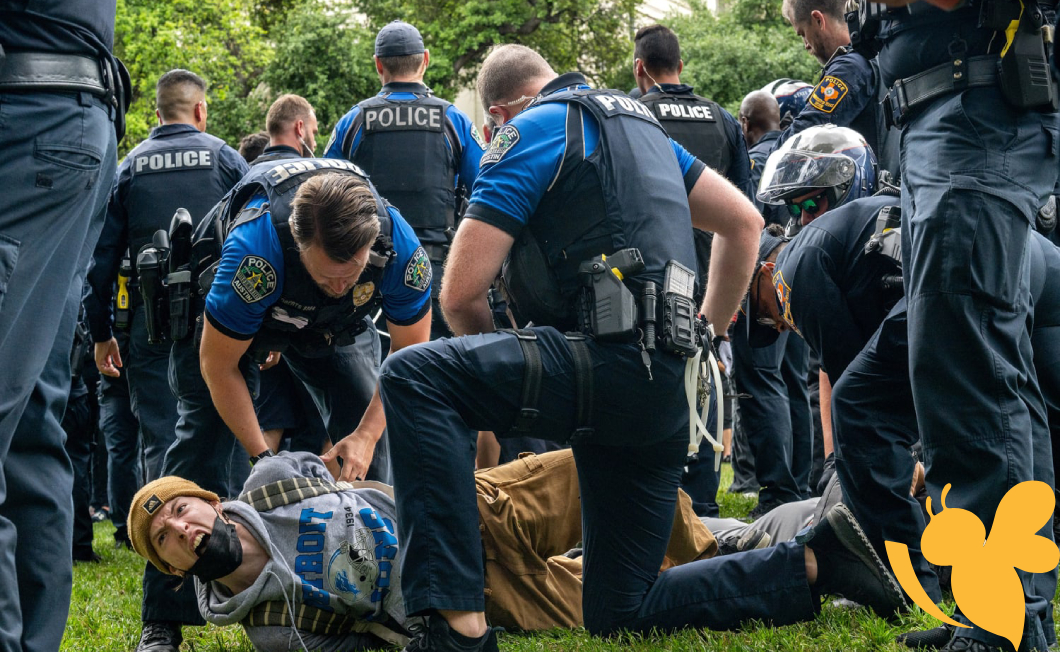The third day of protests in Los Angeles, incited by the recent arrests of migrants by Immigration and Customs Enforcement (ICE), has been marked by scattered violence and numerous arrests. Demonstrators, expressing their dissent against federal immigration policies, were met with aggressive responses from law enforcement. Federal agents deployed flashbangs and tear gas to disperse crowds, resulting in heightened tensions and confrontations between protesters and authorities . This escalation underscores the complex dynamics of civil unrest in contemporary America.
The move by President Trump to activate nearly 2,000 guardsmen marked the first time since 1965 that a president has deployed a state’s National Guard without a request from that state’s governor. The decision was met with stern rebukes from state and local officials, including Gov. Gavin Newsom who said the deployment was “not to meet an unmet need, but to manufacture a crisis.”
Los Angeles Police Department Officer Tony Im said his department had no information of possible gunfire, and no injuries were reported.
When people chased the vehicle, it took off, struck a utility pole and fled. Im said a driver was arrested by Los Angeles Sheriff's Department deputies. It's not clear what allegations precipitated the arrest.
Federal authorities have displayed a firm resolve to maintain order amidst this unrest. The FBI and White House officials have emphasized their commitment to enforcing laws while ensuring public safety . Such a response aligns with historical patterns observed during periods of significant protest activity. The Department of Justice's previous reviews indicate that federal agencies often take an assertive stance when faced with civil disobedience, reflecting a broader trend in governmental responses to social movements .
These protests highlight the conflict between citizens demanding change and government efforts to maintain order. Their persistence reveals deep societal issues regarding immigration policy and civil rights. Understanding both the protesters' motivations and the federal response's implications for democratic discourse is crucial.The government's stance, characterized by increased border security and stricter enforcement, clashes with the protesters' calls for more humane treatment and policy reforms. This tension underscores a fundamental debate about national identity, the rights of marginalized communities, and the role of government in addressing social inequalities. As demonstrations spread and public awareness grows, the long-term consequences of these events will likely shape future policy decisions and influence the broader conversation about justice and equality in our society. The media's portrayal and public perception undoubtedly play significant roles in shaping the narrative and influencing potential resolutions to this ongoing conflict.
Read more
Bitcoin data suggests possible 62% price surge Trump warns Musk of 'serious consequences' after spending bill disagreementSara H
Also on site :
- Colombian Presidential hopeful shot at Bogotá rally , Colombian president vows to hunt ‘mastermind’ behind the shooting
- Stocks Rise on Hopes for China-US Talks; Dollar Weakens
- Parker Solar Probe Witnesses Powerful Magnetic Explosion Targeting Sun

